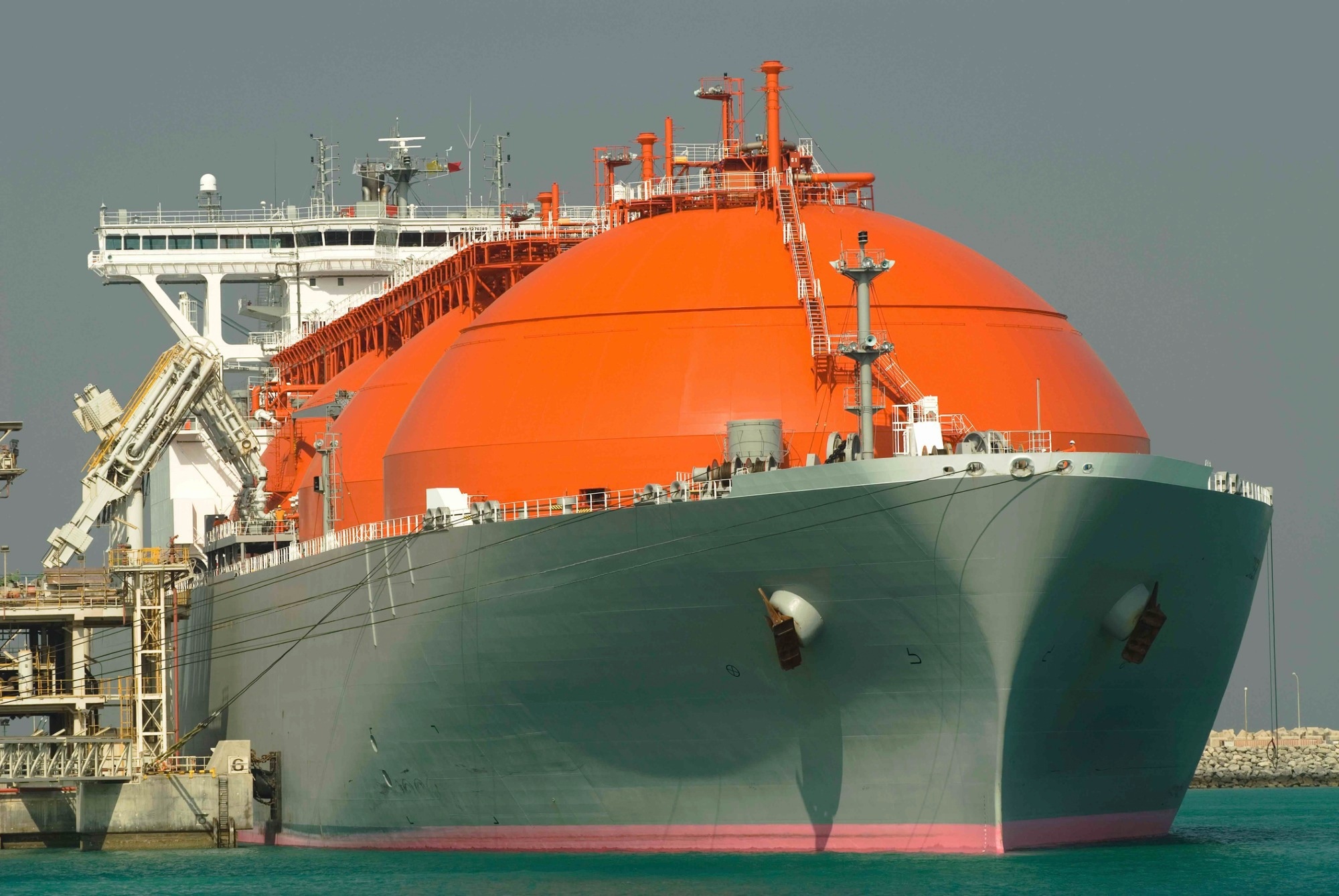On March 6 and 7 at International LNG Congress 2023, more than 350 companies will discuss key challenges of the LNG industry – from transportation and storage infrastructure to use as a fuel or by end users. Graforce will introduce methane electrolysis (plasmalysis) – a game changing technology, which converts LNG into hydrogen. This allows large gas users to switch to clean-burning hydrogen without changing their energy supplier or method of transporting.
 Graforce has developed methane electrolysis plants. Erected at LNG terminals or other decentralized locations, they can decarbonize LNG/LPG by converting methane into hydrogen and solid carbon. This allows large gas users to switch to clean-burning hydrogen without changing their energy supplier or method of transporting. Image Credit: Business Wire
Graforce has developed methane electrolysis plants. Erected at LNG terminals or other decentralized locations, they can decarbonize LNG/LPG by converting methane into hydrogen and solid carbon. This allows large gas users to switch to clean-burning hydrogen without changing their energy supplier or method of transporting. Image Credit: Business Wire
"We cannot do completely without fossil fuels yet. But the EU can still achieve its decarbonization targets if LNG, LPG or natural gas are no longer burned but converted into hydrogen and solid carbon with the help of green electricity and our hydrogen plants," said Dr. Jens Hanke, CTO of Graforce.
In the modular plasmalysis plants, a high-frequency plasma field, generated by renewable electricity, splits hydrocarbons such as methane into their molecular components: hydrogen and solid carbon. Compared to water electrolysis, plasmalysis requires only one-fifth the energy to produce the same amount of hydrogen. A single 20-megawatt plant can convert about 70,000 metric tons of LNG into hydrogen per year and save about 200,000 metric tons of CO2.
The hydrogen can be used for emission-free electricity and heat generation or in the chemical industry. Since the CO2 is sequestered in products over the long term, this technology is also the first market-ready alternative to carbon capture storage.
Cooperation for Eelectricity-autonomous Combined Heat and Power Generation
In January 2023, Graforce entered a cooperation with Kawasaki Gas Turbine Europe. Within the plant solution, carbon-free hydrogen is produced from biomethane, natural gas, LNG or LPG. This is converted to electricity in Kawasaki's hydrogen gas turbine and reused in the plasmalysis to produce hydrogen. Thus, CO2-free electricity and high-temperature heat is generated. Once started, the whole system requires no further electricity.